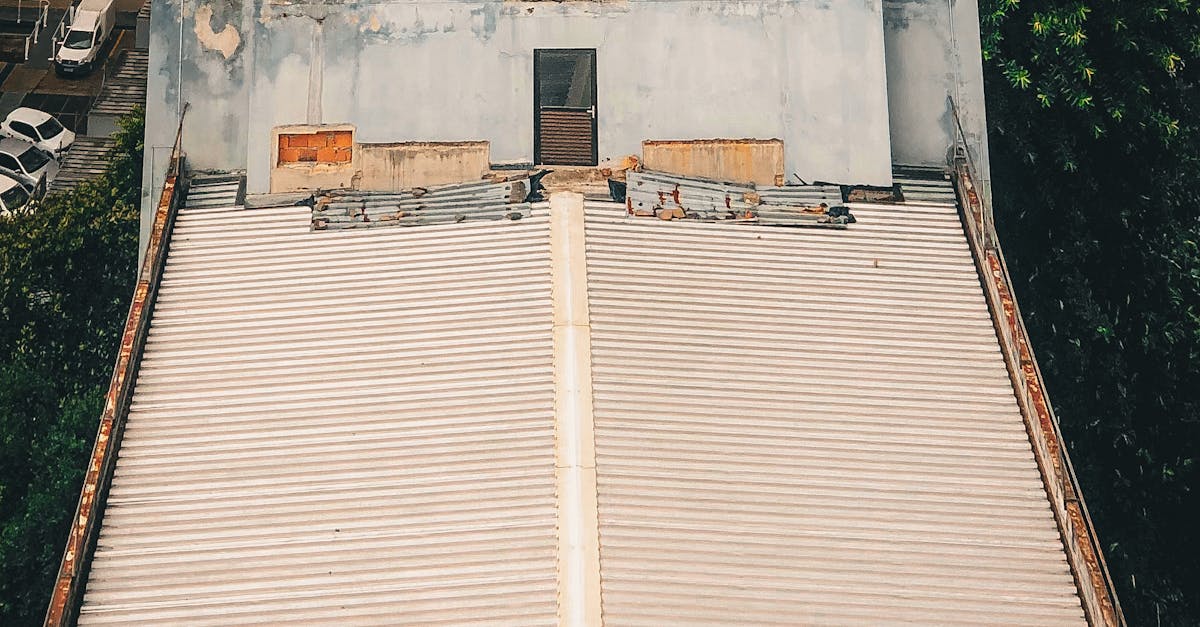Ceramic For Aluminum Roofing Replacement Sydney

Table Of Contents
Ceramic For Aluminum Roofing Replacement Sydney
When it comes to selecting a durable and aesthetically pleasing material for roofing, many homeowners in Sydney are turning to a unique combination of tile and ceramic for metal and aluminum roofing replacement. This approach not only enhances the visual appeal of a home but also ensures longevity and resilience against the elements. Notably, Rust-Resistant Roofing Sydney has become a popular choice for those looking to maintain the structural integrity of their homes while also focusing on innovative design.
The evolving trends in roofing options have prompted many to explore the benefits of tile and ceramic materials as substitutes in metal and aluminum roofing projects. Homeowners are increasingly prioritizing rust-resistant roofing sydney to combat the harsh Australian climate, which can lead to corrosion and wear over time. This trend highlights the importance of choosing materials that not only meet practical needs but also align with the aesthetic goals of modern architecture in Sydney.
Advantages of Changing from Slate Roofing to Metal
Changing from ceramic roofing for metal provides numerous advantages for homeowners. A primary benefit is durability. Metal roofs are recognized for their ability to withstand harsh weather conditions, like heavy rain, snow, and strong winds. This strength means into a longer lifespan compared to traditional ceramic options. Furthermore, metal roofs are lightweight, making installation easier and more cost-effective for homeowners.
An additional advantage of switching to metal roofing is energy savings. Steel roofs reflect sunlight, which can help lower cooling costs during hot summers. Such reflective properties not only assist to lower energy bills, and they also support a more comfortable indoor environment. Moreover, many aluminum roofing options are designed to be environmentally friendly, creating a greener choice for homeowners looking to improve their home's performance.
Importance of Transitioning to Metal Roofs in Sydney
Transitioning to steel roofs is an significant step for residents of New South Wales. The kind of roofing provides improved longevity to withstand harsh weather conditions, which is essential in the local climate. In addition, steel roofs demand reduced maintenance, saving homeowners time and money throughout the years.
An additional perk of upgrading to steel roofing is their energy efficiency. Metal roofs reflect heat effectively, which can help in reducing air conditioning costs during the hot summer months in New South Wales. In addition, these roofs are sustainable, often made from recycled materials and being fully recyclable at the end of their lifespan. This blend of benefits makes the choice to transition to steel roofing a wise investment for residents of New South Wales.
Typical Issues When Upgrading Slate Roofing to Steel
Upgrading ceramic roofs to steel can pose several challenges for homeowners. One challenge involves a load difference between ceramic and steel materials. Tile roofs are generally heavier, which may require adjustments to the existing roof structure to ensure it can support the new material. Moreover, a conversion from one roofing type to the other often requires compliance with local building codes, which can add difficulties to the project.
Another typical challenge involves a potential for leaks or gaps during the installation process. Metal roofs require precise fitting and sealing to prevent water infiltration, which can lead to issues down the line. Insufficient installation techniques may not only compromise the roof's integrity but also result in higher maintenance costs. In addition, a shift in roofing style may also affect the home’s overall aesthetic, prompting owners to consider their choices carefully before proceeding.
Ways to Address Problems in Roof Replacement
Replacing a metallic roof from a ceramic roof can present various issues. An initial concern is the structural integrity of the existing framework. Prior to the installation, it is essential to evaluate the condition of the underlying structure. Identifying weaknesses in the frame can lead to difficulties during the replacement process. Conducting necessary reinforcements can ensure a seamless transition to the new roofing material.
Another issue that may arise is in regard to the adaptation of the roof's layout. Metal roofing systems can differ greatly in design compared to tile roofs. Property owners should consider how the new roof will blend with the overall design of their home. Thoughtful planning and consultation with roofing professionals can help in selecting a style that complements the existing structure. Such steps can significantly enhance both the functionality and appearance of the home.
Understanding Implementation Steps for Ceramic to Steel Roof Replacement
Switching a slate roofing for metal is a important upgrade endeavor. This implementation procedure includes detailed preparation and the appropriate materials. To start, the old roofing must be safely removed, that guarantees the sturdy structure for the new metal roofing.
Following this, the implementation of the fresh metal roofing is able to commence. This procedure involves placing the metal panels across the set structure. Correct sealing and fastening are essential to guarantee rain resistance and longevity. Ultimately, the final inspection takes place crucial to ensure all elements is fitted properly.
Detailed Guide of Roof Transition Process
Transitioning from tile roof to a metal roof may appear daunting at first. Nonetheless, by following a detailed overview, the process turns more. To start, it is important to evaluate the existing tile roof for any issues or defects. Next, gently remove the tiles while making sure the underlying structure remains undamaged.
Once the tiles are removed, fitting the metal roofing needs proper preparation of the decking. This step involves installing a moisture barrier to shield the roof from water damage. Next, the metal panels can be attached to the roof structure with the appropriate fasteners. To wrap up, it is crucial to ensure all seams are sealed properly to avoid leaks. Wrapping up the project involves a thorough inspection to ensure everything is placed correctly.